Nonlinear Studio
Intelligent design questioning the relationship between form and function (slightly)

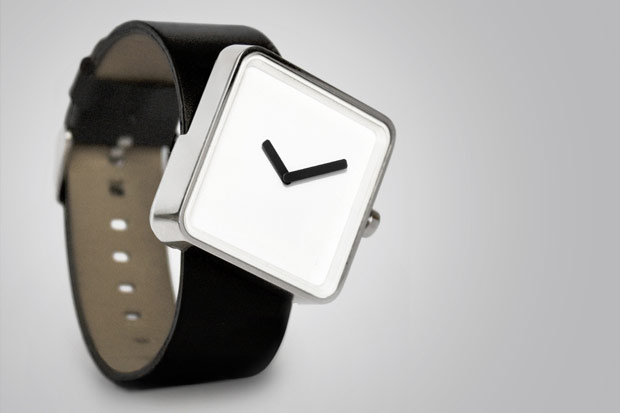
A straight line between points A and B might be the fastest way to get there, but for Nonlinear Studio‘s founding designer Evan Clabots fixation on a predetermined end result isn’t necessarily best. “The design process quickly turns into decisions, concessions and justifications to get a round peg into the square hole that was determined from the onset,” he says. Instead Clabots’ design philosophy focuses on questioning why an object exists as it does, as sometimes the slightest shift might lead to an extraordinary new outcome. To wit, the Brooklyn studio’s Slip Watch has a face at a slight tilt, resulting in a wristwatch that’s both easier to read and a statement accessory. Released just last month, the watch is the studio’s first self-produced object, soon to be followed by others in Clabots’ “Slightly Awkward” series.
Why did you name your studio Nonlinear?
It’s an allusion to the to the term “lateral thinking,” which was first coined by Edward de Bono in his book, “The Use of Lateral Thinking.” In the lateral design process, you start at A, move forward to B, re-evaluate at B, then decide whether to move forward to C or side step to two—or perhaps even over and back to one.
Without a definite final product in mind, how do you determine next steps?
I tend to design around the idea of why something is, not what something is. We’re always asking questions like, “Why should it be this way?” or “How does this detail work in the bigger picture?” Following this path allows you to create a more holistic design that makes sense on every level. You can’t be focused on your destination from the onset—let your answers dictate the next step. And you should never be afraid to use your eraser.
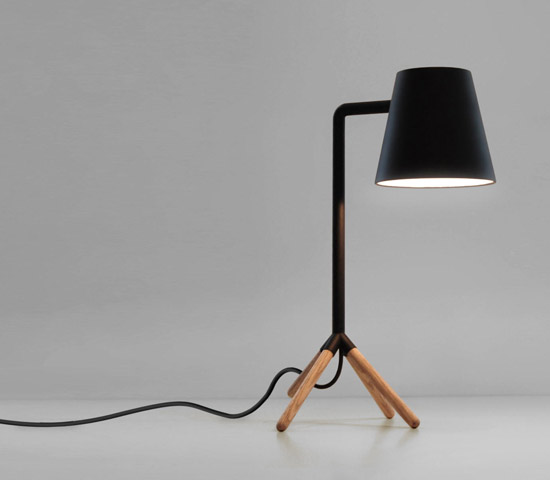
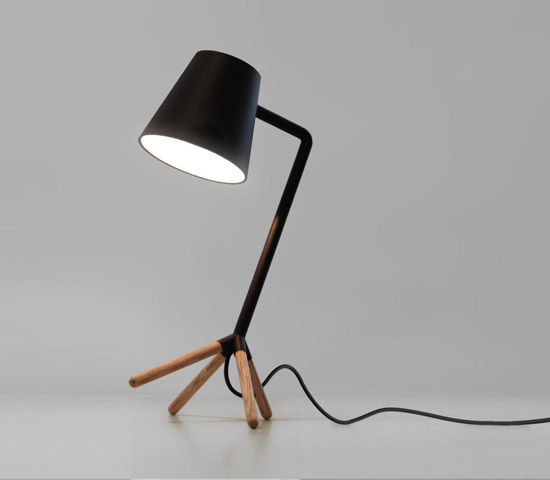
Can you take us through this process in one of your designs?
There’s the “Slightly Awkward” lamp. The obvious fixation when designing an adjustable lamp is the mechanism. The thought is, “How can I reinvent the wheel and outdo every other wheel that’s come before this one?” But asking the question, “Does this thing really need wheels?” causes you to take a lateral step outside the box and design with a new perspective. The Slightly Awkward lamp adjusts without any mechanism at all. One of four legs is shorter than the others, which allows it to rock from on one tripod stance to another and changes the light. It’s an extremely simple lamp with a function inherent to its form—and there’s an almost human quality to its posture.
What particular designers or objects influence your work?
A lot, but who I’m really interested in today is Jasper Morrison and Naoto Fukasawa. They actually both collaborated on an exhibition called Super Normal, where they celebrated the beauty of pared-down simple design. I love the simple details Morrison creates, like the three-pronged lid handles for the Alessi cookware he designed. The handle allows you to lift the hot lid with a cooking spoon. And Fukasawa has a great eye for beautiful, minimal detail. I think his Twelve watch for Issey Miyake may be my favorite design object. He took your basic, unmarked, round watch and faceted the interior of the face like the inside of a socket wrench. That slight change in contour, marks the hours with every kink. He took the simplest form and with the slightest tweak made it genius.
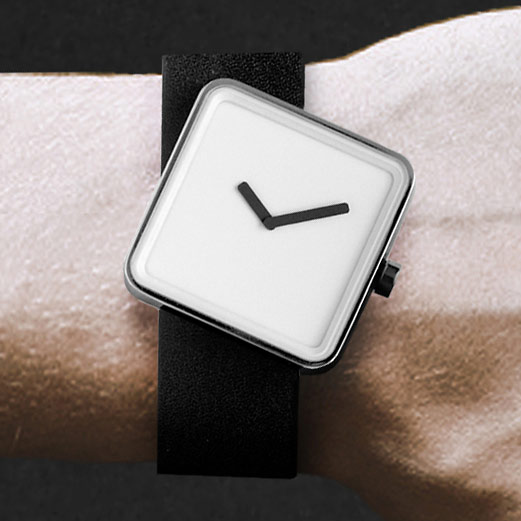

Let’s talk about your own Slip Watch, a first for you. How did that come about?
I’ve been a watch-lover for a long time. I think they’re such great objects, especially in this day and age. They embody such history, lineage of craftsmanship and often status too—for men, it’s one of the few pieces of “man jewelry” that we get. But, let’s face it, they’re also becoming obsolete. We live in an era when everyone looks to their smartphone for the time. Watches have this antiquated function that, combined with their heritage, make them perfect for playing around with.
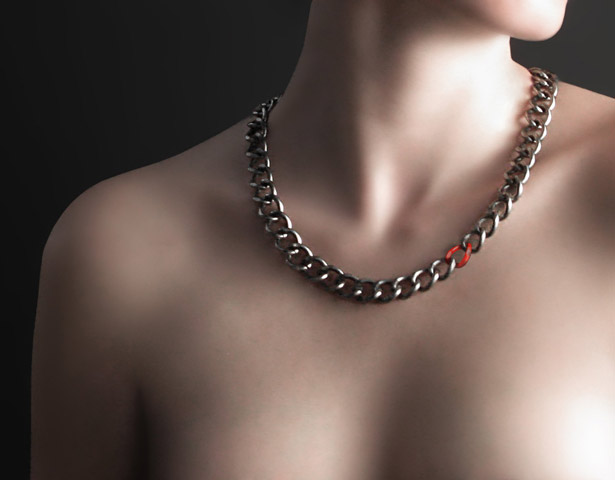
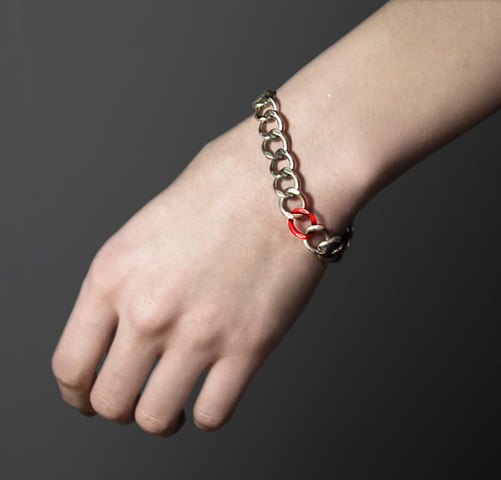
Do you wear a watch?
I’ve always collected watches that in some way play upon how time is told, like the Twelve watch. I have one of the first edition watches Mathew Waldmen created when he started Nooka, and I love old jump dial watches. One of my prized possessions is actually a $12 Lego watch.
Over-sized pilot and diver watches are really popular right now, but they don’t really say enough for me. I’m actually working on a watch design in this style that brings some commentary to the genre.
How does Slip do that?
It’s very much a commentary on the watch in its most basic form. It’s intentionally minimal, with proportions that are almost predictable. But its placement on the band makes it looks as though it’s slipping out of position. It’s also a poetic commentary on the passing of time, the moments we cherish are gone before we recognize they were even there.
At the same time, the watch’s posture relative to the band makes the numberless face easier to read—you don’t need to turn your arm as much. The band penetrates the case at 12 and 9, which along with the crown, gives points of reference to the otherwise unmarked face.
This was your studio’s first self-produced object. Will there be more?
Self-producing the watch was a bit of an experiment, and an education in the other side of design. It really helped me better understand how financial and marketing considerations are all very relevant in the design process. It’s not about designing “the best product” it’s about designing “the right product.” I’m always designing new watches, but I’ll produce the next one when I design the “right” one.
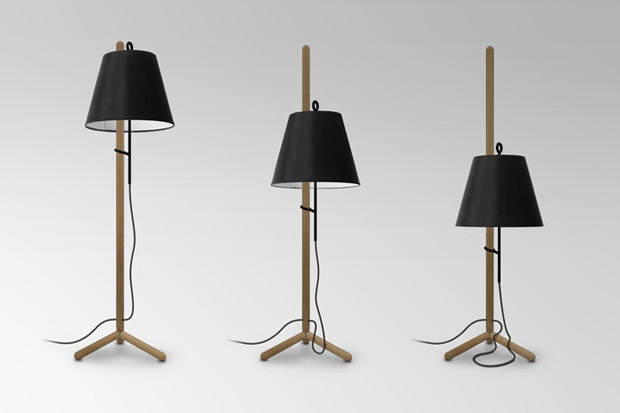
Your work is so varied and multidisciplinary, what are some common themes?
My friends often accuse me of being a minimalist, but I often find truly minimal objects to be too cold and austere. They fit well in your space, they look great, but they’re not the things you get really attached to. I really cherish objects with character and personality—something with proportions slightly different than you might expect, or perhaps it’s worn down or tarnished in a way that’s unique.
I love designing simple objects that are almost predictable, and then finding that little tweak that makes them special—especially when that one proportion that’s a little “off” is actually the functional aspect. For me, it all works when it creates a complete story… a slightly awkward complete story.
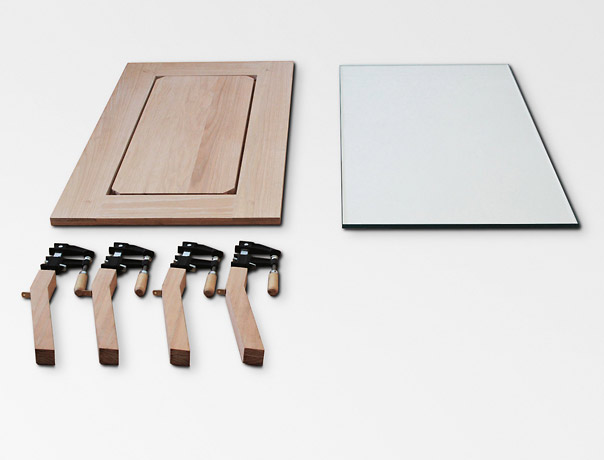

What’s next for you?
One thing I’d like to get back to is interior design. If a product is a short story, an interior is a novel. I’ve looked at a few projects in the past year, but haven’t found the right one. With interiors, the client is almost like your co-author. If you’re writing a novel with someone, you really want to make sure you both want the same book.
What might be next in the Slightly Awkward series?
I would love to design a motorcycle. I have an old 1973 Honda that I’ve been re-shaping, and I’m just in love with these machines. They’re a great meeting point of functionality and style. Motorcycles have such intricate proportions, and every one has a personality that can be changed with one line or one component. Come to think of it my bike is actually already “slightly awkward.”












